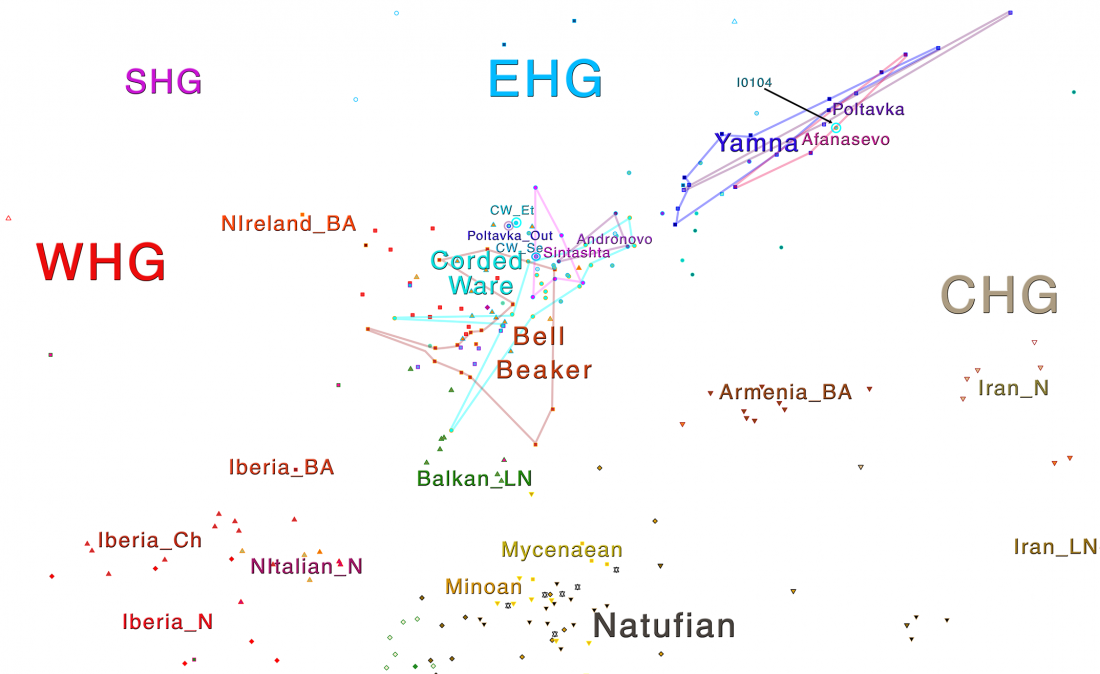Globular Amphora not linked to Pontic steppe migrants – more data against Kristiansen’s Kurgan model of Indo-European expansion
New open access article, Genome diversity in the Neolithic Globular Amphorae culture and the spread of Indo-European languages, by Tassi et al. (2017).
Abstract:
… Read the rest “Globular Amphora not linked to Pontic steppe migrants – more data against Kristiansen’s Kurgan model of Indo-European expansion”It is unclear whether Indo-European languages in Europe spread from the Pontic steppes in the late Neolithic, or from Anatolia in the Early Neolithic. Under the former hypothesis, people of the Globular Amphorae culture (GAC) would be descended from Eastern ancestors, likely representing the Yamnaya culture. However, nuclear (six individuals typed for 597 573 SNPs) and mitochondrial (11 complete sequences) DNA from the GAC appear closer to those of earlier Neolithic groups than to
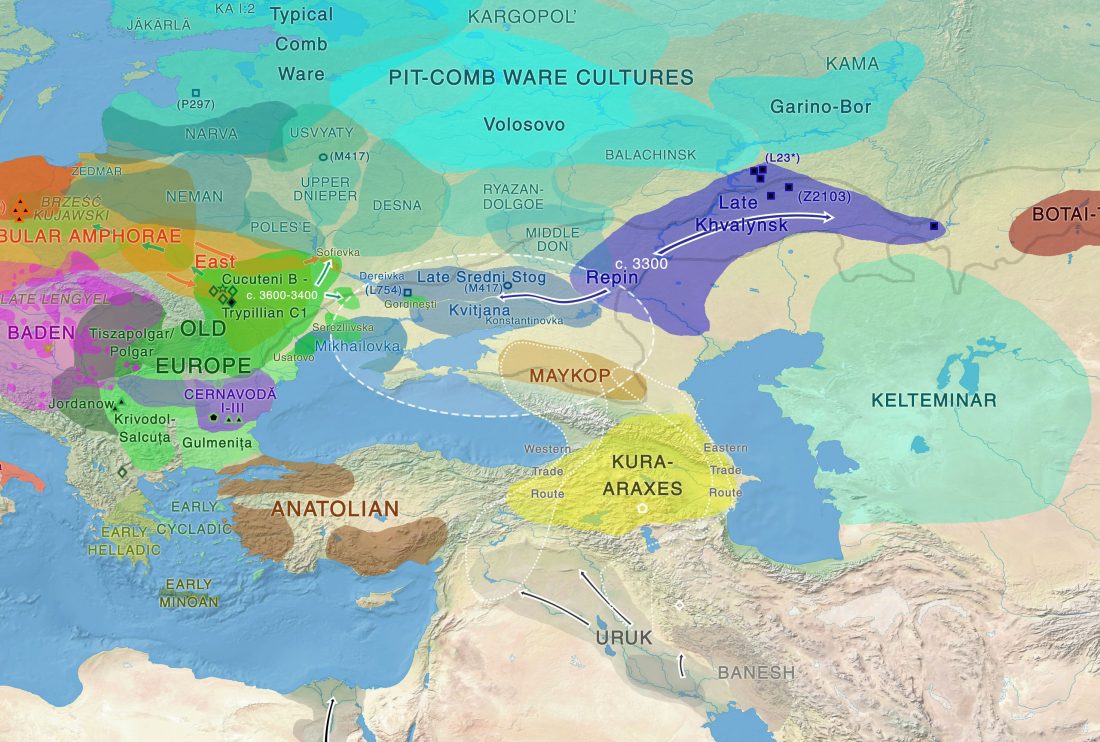


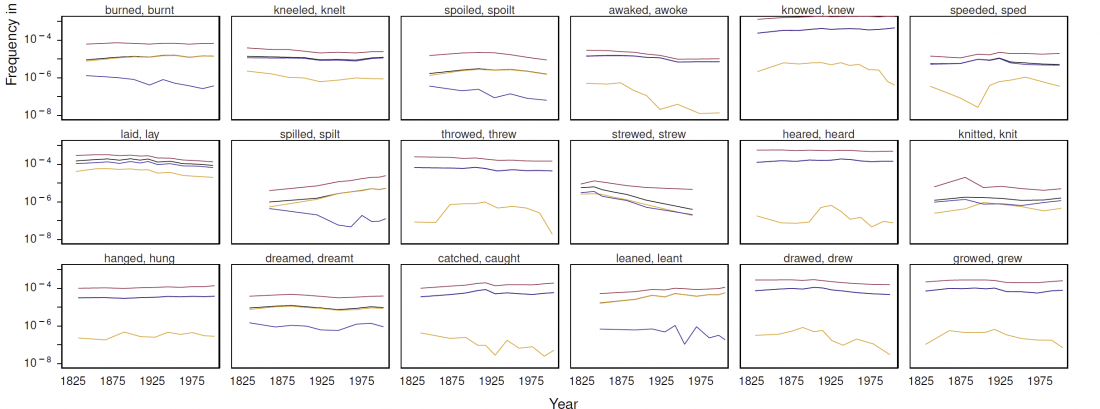

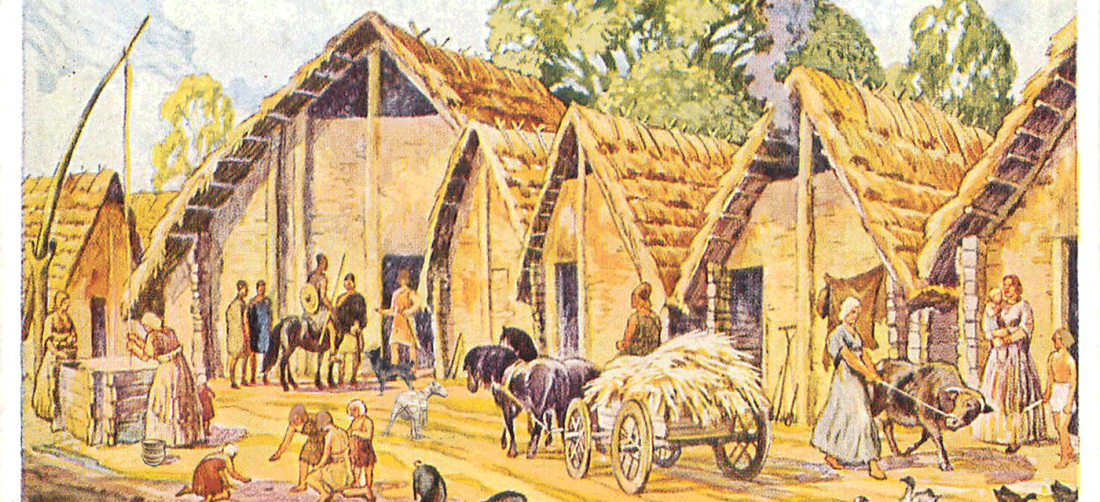
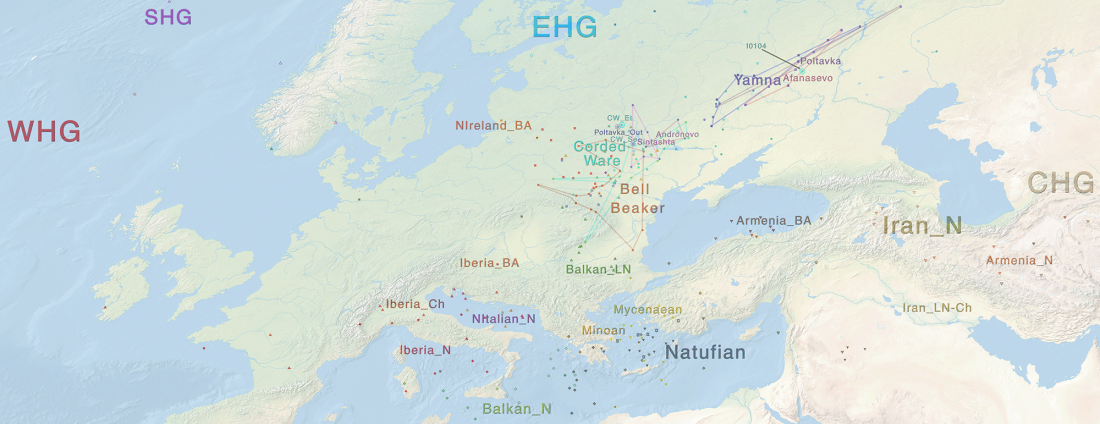
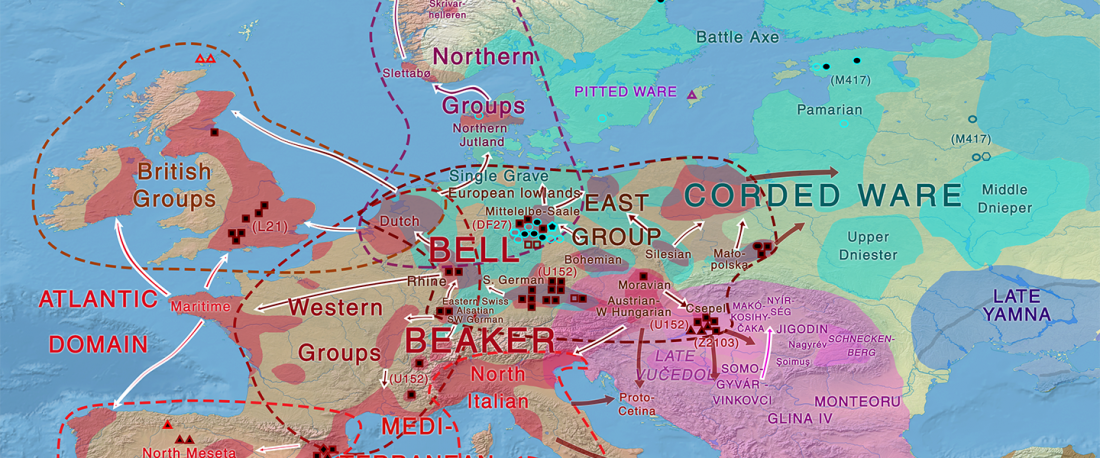
 The official
The official 
